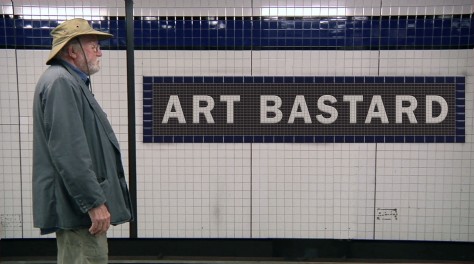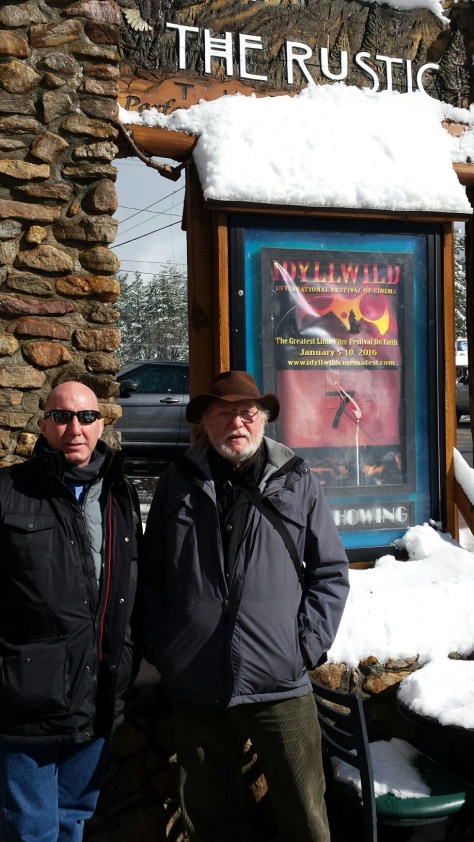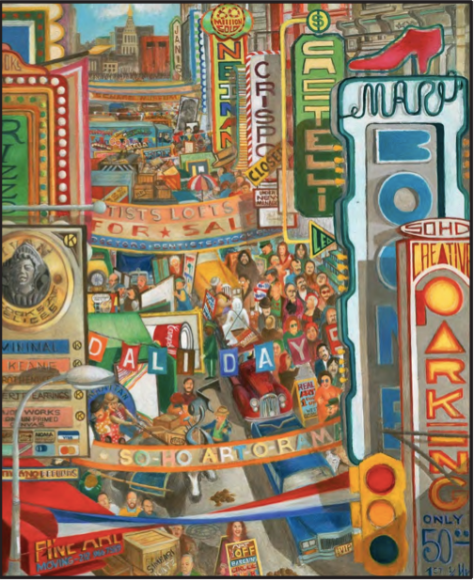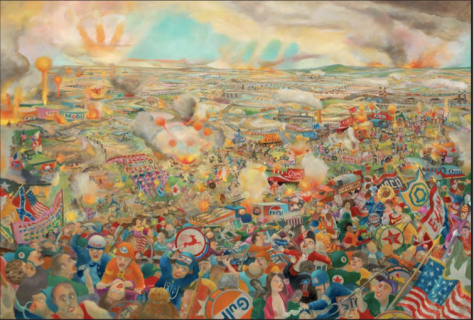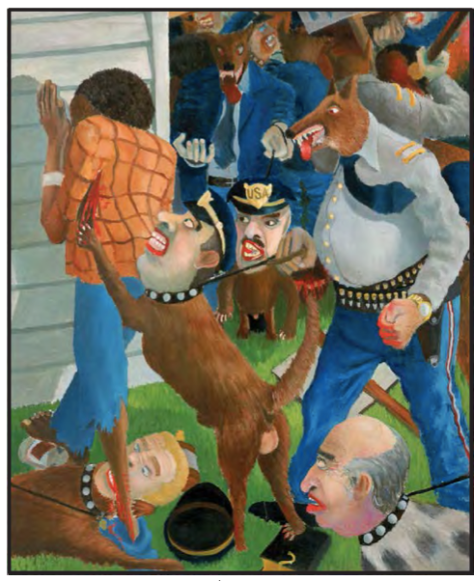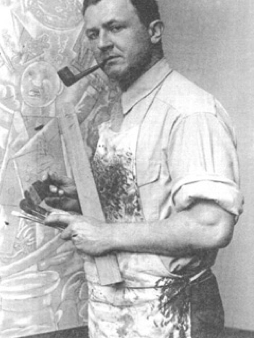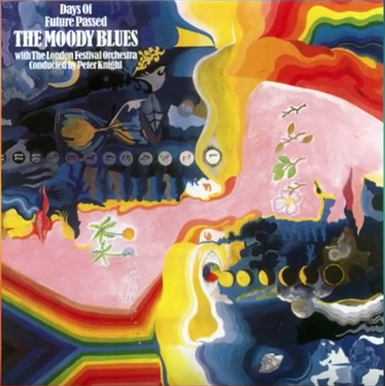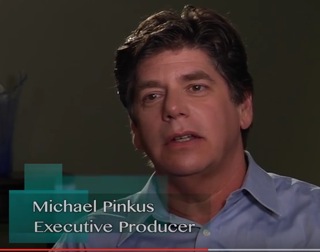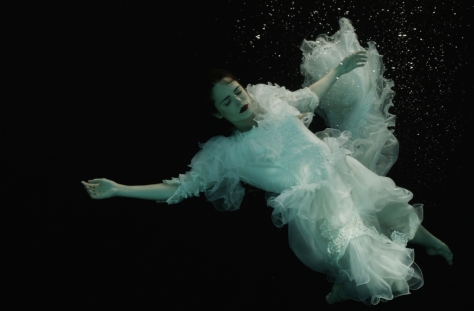
By Julie Pendray
IDYLLWILD, Calif. — As Mitsuyo Miyazaki accepted her movie’s seventh award at Idyllwild International Festival of Cinema in January, she talked about her childhood, which made the trophies even more meaningful.
“I grew up doing metal work and I always wanted a different life,” the Japanese writer and director told the audience in this mountain town near Palm Springs. Her movie Where We Begin won Best Featurette, Best Directing of a Featurette, Excellence in Directing a Featurette (an award for women in the industry), as well as Best Cinematography, Best Musical Score and Best Editing among movies of the same length. Where We Begin also took home Best Ensemble Cast over all categories.

Moments like this strike to the core of why independent movie makers can touch and inspire us.
In an interview after the festival, Miyazaki talked about how she came to the United States and pursued a career that she hopes will be a source of positive change in the world. That career has brought her more than 50 awards worldwide, according to her web site.
Where We Begin is a 19-minute drama. Music is by Mono, a Japanese band that “specializes in telling compelling stories without words,” according to its web site. Aaron C. Smith was cinematographer. Editing is by Thomas A. Krueger

The movie is poetic, both in concept and execution, with a story told through dance rather than dialogue. It’s about a single mom and a half-African-American child. The featurette focuses on a dying woman’s memories of her lover in her youth, who was taken from her by war. The only words spoken in the entire piece are at the beginning, when the elderly woman and her son say to each other, “I love you.”

Miyazaki explained in the interview, “I wanted the film to be universal. Anyone in the world can understand the film by just watching it. Also, I wanted to make an emotionally strong, visual film.
“Through dance performance, we shed light on the many faces of love, life, the pressures we place upon ourselves, and those that others place onto us,” the director stated on her web site. “It’s a story of courage, perseverance and the strength to endure all other obstacles.”
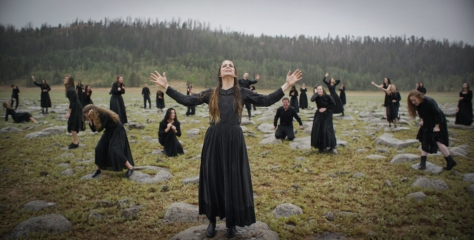
Miyazaki brings her experience as a dancer, actress, photographer, painter, costume designer and cinematographer to her movie making. Peter Maestrey, a producer on the movie, told me, “She sees the whole thing. She knows everything. When she closes her eyes, the way she describes it, you can see it.”
Her ability to convey her concepts not only to her movie making team but also to viewers has earned Miyazaki awards at more than 100 film festivals worldwide, according to her resume. Her debut short film Tsuyako, about a mill factory worker in Post-War Japan, was qualified for the Oscars for 2012-2013, her web site states.
In a Skype interview for this article, Miyazaki and Maestrey talked about their passion to make movies that inspire change.
Miyazaki said her movie’s story is an example of events that would have caused a couple to be ostracized in the past. But she hopes viewers will understand that many aspects of life that cause people to judge each other are simply human. Regarding the main characters in Where We Begin, she said, “Of course they had an awful time living through that, at that time. But it’s ok. It’s normal. We want to think this doesn’t happen but it does.”
Before she could embark on a quest to bring about change in the world, Miyazaki made changes in her own life. She talked to me about her work in her youth that led her to “want more.”
“My grandparents started a metal factory in Osaka,” she said. “My mother still does some of that work. All you do is press metals to make a living. I wanted more out of life. I was always involved a lot in school. I was president of my student body for many years. I wanted to see what else was out there. I submitted my application to go to a public high school in the U.S. when I was 17. When I turned 18, I got accepted. I wanted to snowboard and ski so I applied to schools in those areas. I landed in Utah.”
Miyazaki said her inspiration for the drama came from her single mom and grandparents.
“My grandma basically raised me,” she said. “I was very close to her. I was back in Japan when she passed away and I spent a month with her, 24/7. The day before she passed away, she asked for a juice she loved and she was able to speak and drink. She hadn’t been able to do those things for the past few days. I felt there was something special about human power that we can summon the energy right before we die to do these things with someone we love.”
Where We Begin shows the transition from the end of the main character’s life here on earth into the next stage. Miyazaki does not believe life ends here. In the interview, she talked about her experience on the day of her grandmother’s funeral.
“A tiny bird flew into the house with me. I was chasing the bird and it wouldn’t leave,” she said. “I fought with it for 2 hours. As soon as I stopped fighting, it left. In that moment, I knew it was my grandmother and I wished I’d kept her. I believe the spirit lives on, so let’s be good people.”
Miyazaki and Maestrey share several personal elements in common, in addition to wanting to inspire change.

Maestrey’s family came to Miami from Cuba when Fidel Castro came to power, he said. He has lived in California since 2002. Like Miyazaki, he also was raised by a single mom.
“She was mom, dad, friend. I’ve always given in to being led by a woman,” he said.
Maestrey also attended the Idyllwild festival. At one point, filled with joy at the awards, he and Miyazaki did a few quick dance steps behind the podium on stage. The camaraderie was obvious.
He has been an assistant director and producer on a lot of other movies, starting as a music video producer.
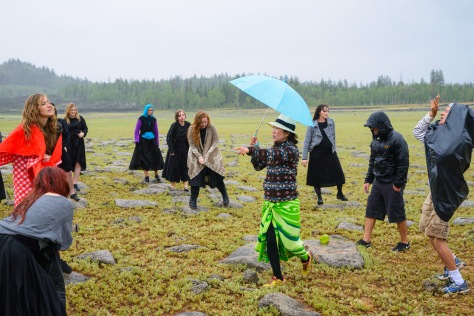
“I signed on with Mitsuyo to do this movie as assistant director,” he said. “But then I saw that she needed someone to help her as a producer because there was so much to do. I took it on knowing what’s she’s capable of. I’ve done everything with every single celebrity you can think of. But doing films like this, we are doing films we want to make. I want to educate and entertain. If the movie doesn’t have a message behind it, forget it.”
He said there’s a certain integrity that comes with producing.
“People make products for the wrong reasons. I don’t have to do it. Since I choose to do the projects that I do, that allows me to pick.”
Maestrey has been working with Miyazaki for about a year.
“I love it,” he said. “She brings a high standard. I’ve been with about 400 directors. Her standard is so, so high. I’m learning things.”
“I’ve learned more on this film than I have in my entire 20-year career,” he said. “We had fun but she doesn’t surrender. She will strive for perfection. She will dedicate her soul to the project and that’s beautiful. Something as simple as the fonts, everything single line and name in the movie, and she knew the people. The precision that she used…every single minute on that film has been thought of, crafted. She won’t put her name on it otherwise. She’s going to be the Quentin Tarantino of the world. She’ll write and direct. She’ll put her stamp on it.”
Maestrey said he’s now enjoying “letting the tree bear fruit, going to festivals.”
Where We Begin has been selected for Pasadena International Film Festival, March 2-10.
To watch the trailer, click here.
###
Copyright Julie Pendray & SpecialsNotOnTheMenu.com






